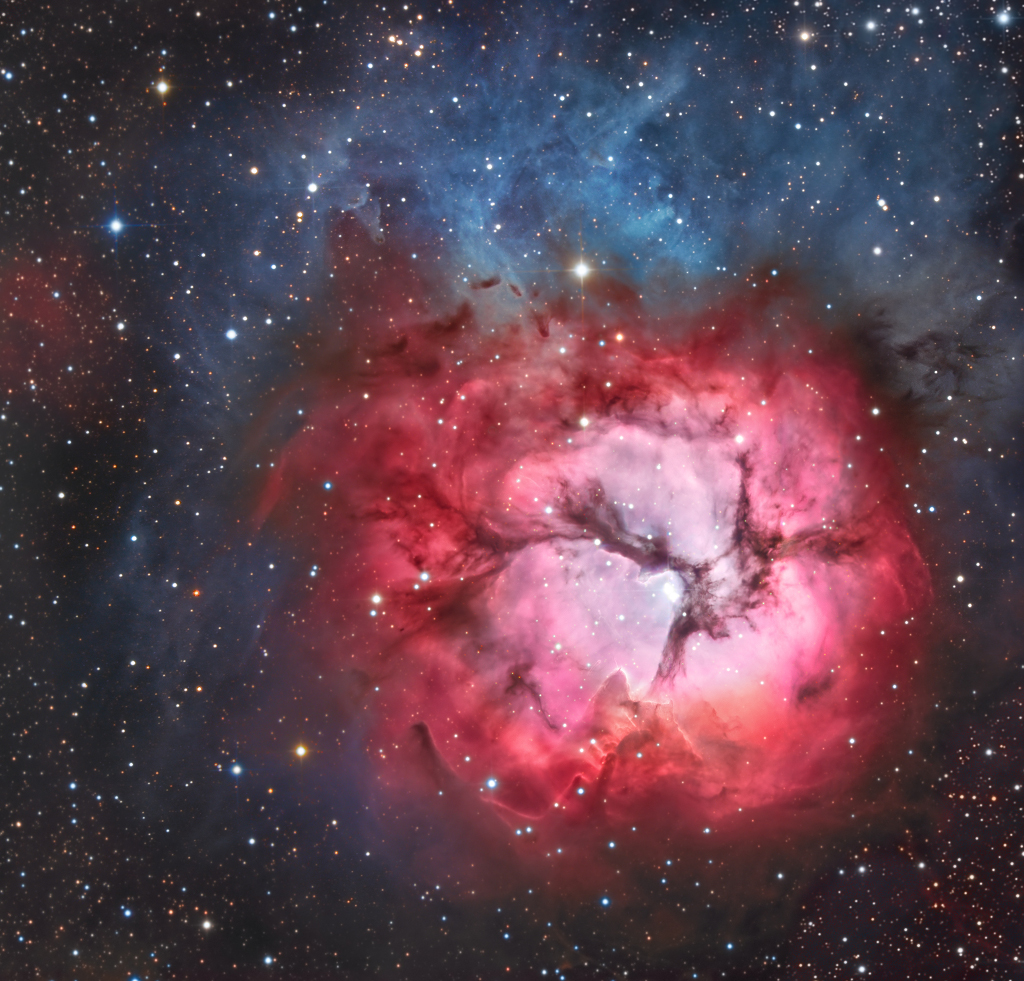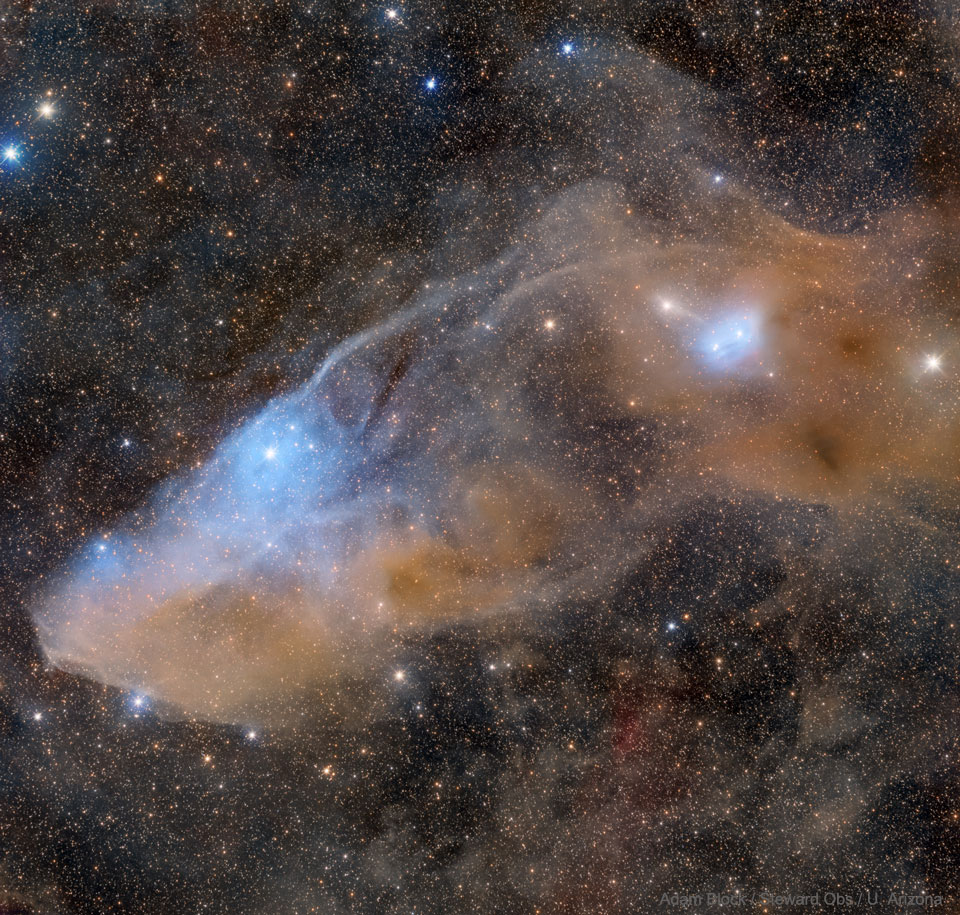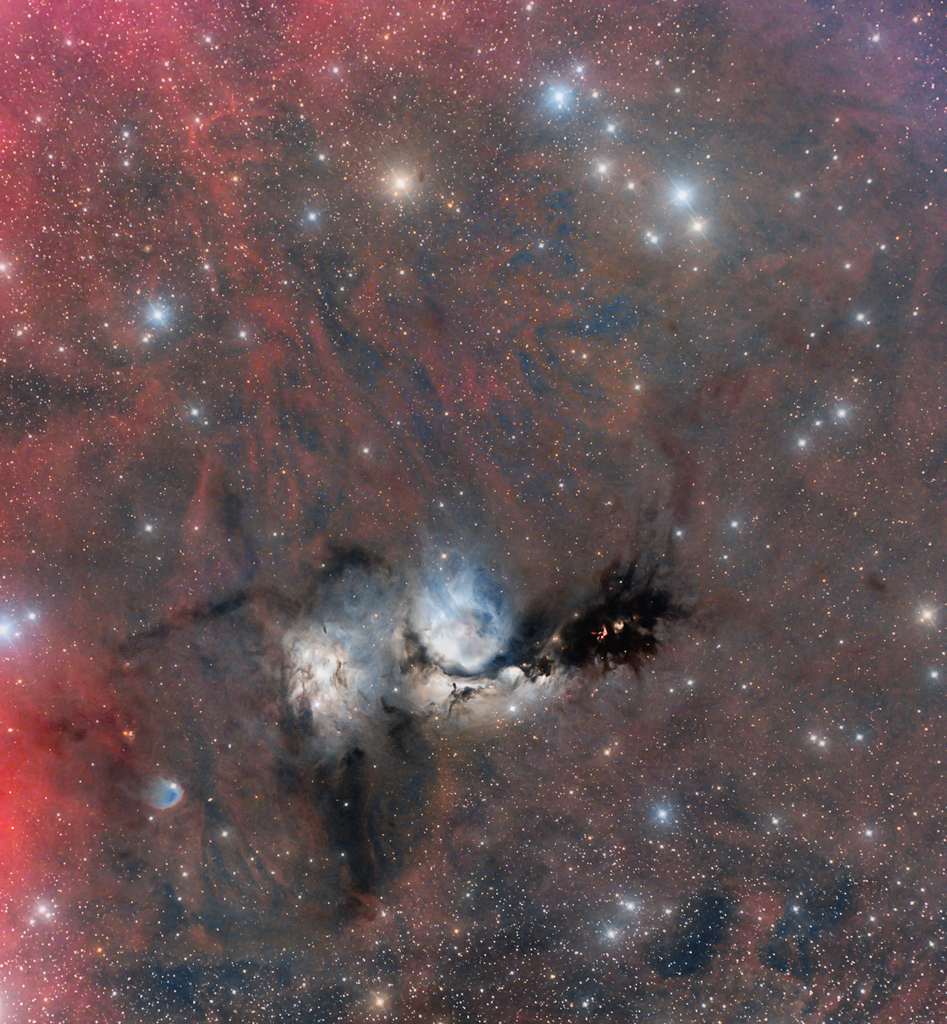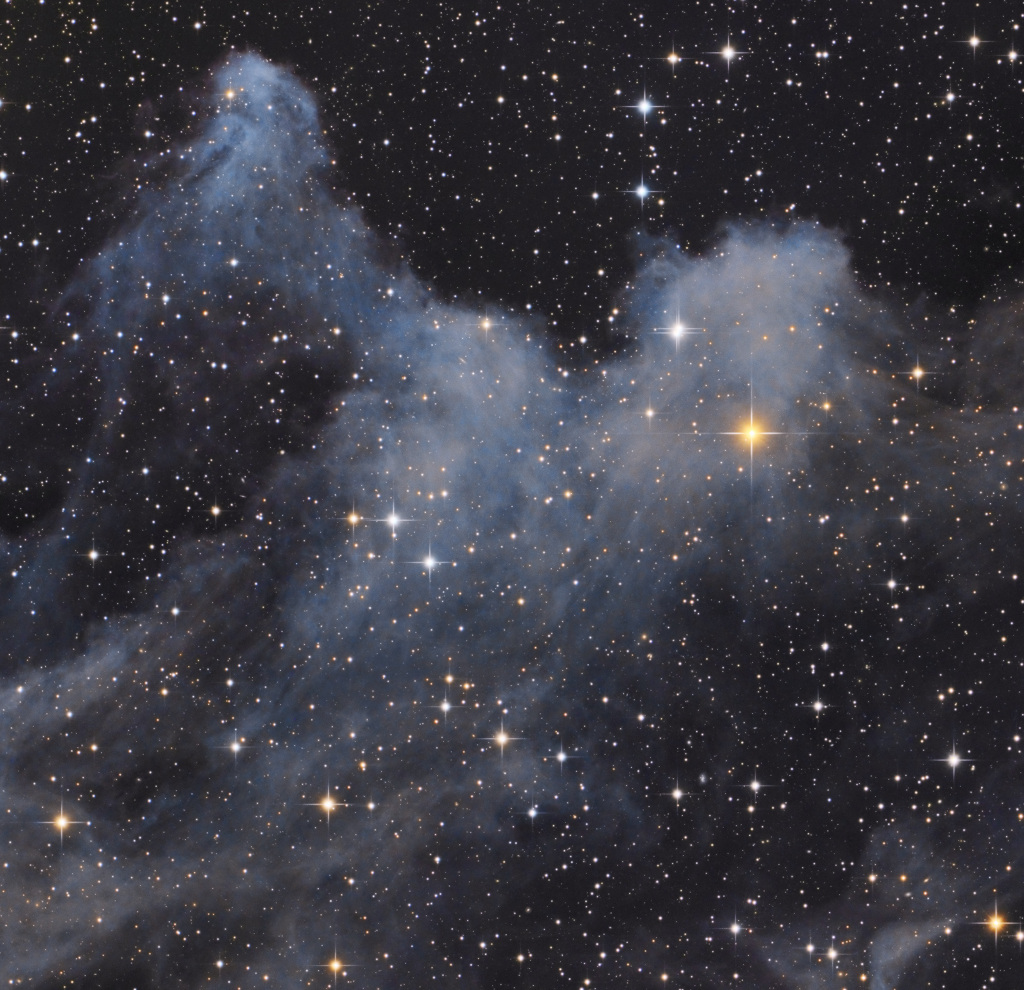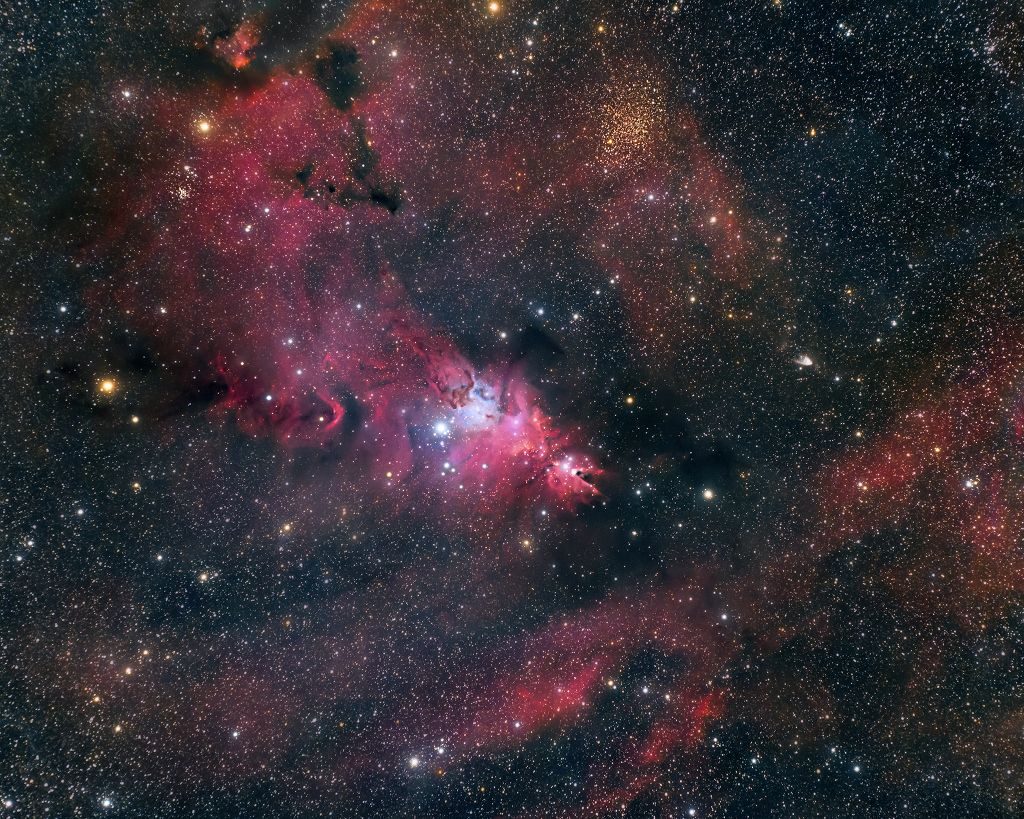美丽的三叶星云
2021年8月12日 A Beautiful Trifid Image Credit & Copyright: Mike Selby Explanation: The beautiful Trifid Nebula is a cosmic study in contrasts. Also known as M20, it lies about 5,000 light-years away toward the nebula rich constellation Sagittarius. A star forming region in the plane of our galaxy, […]

